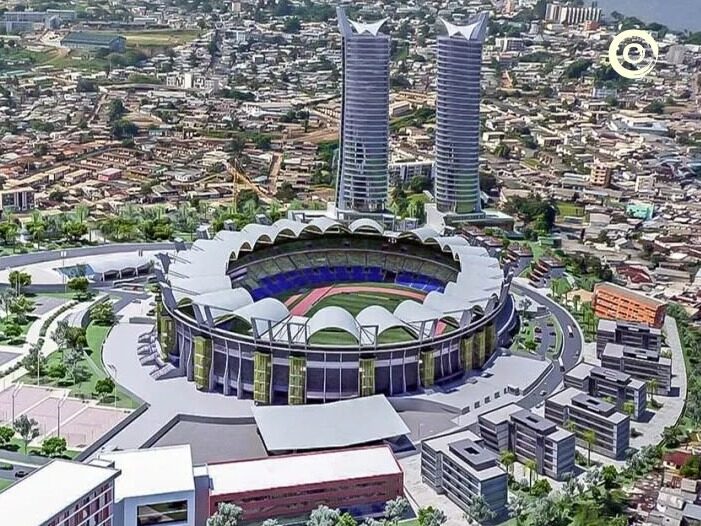- If Thailand's economy is to grow sustainably, the government needs to speed up big infrastructure projects
- Total investment in government construction projects in 2023 will be 840 billion to 850 billion baht, up 2.5-3.5 percent year on year

Under the trend of the rebound of the epidemic, the downward pressure on the economy is increasing, and the power of infrastructure investment has become the focus of the market. Thai Finance Minister Akorn said that infrastructure investment will be comprehensively promoted to inject new impetus into economic growth, and the government is expected to invest no less than 5 trillion baht in infrastructure construction in the next 10 years. In the past, the Thai economy recovered in a short period of time during crises, but this time, it will take at least two years for the economy to return to the pre-crisis level. He believes Thailand's economic recovery will be affected not only by the pandemic but also by geopolitical conflicts, such as the current energy and food crises facing countries around the world. The good news, however, is that tourism has recovered since the lifting of quarantine restrictions.

GDP growth is expected to be 3.2% in 2022 and 3.5% in 2023, while exports are expected to grow by 3%. But if Thailand's economy is to grow sustainably, the government needs to speed up big infrastructure projects. The Thai government is expected to continue spending no less than 5 trillion baht on infrastructure development over the next 8-10 years.
According to Thailand's Fiscal Year 2023 Budget Law, which came into effect on October 1, 2022, the Ministry of Transport is one of the departments receiving the largest budget allocation, with a total budget of about 228 billion baht, an increase of 9.8% over FY2022, of which 202 billion baht is the capital expenditure budget for the development of investment projects for infrastructure construction. Both under construction and new projects. Progress was made on a number of major infrastructure projects in FY2022.

The Kaitai Research Center expects total investment in government construction projects in 2023 to total 840 billion baht to 850 billion baht, up 2.5-3.5 percent year on year, higher than the expected 1.7 percent growth in 2022 (which contracted 2.9 percent year on year in the first half of 2022). The investment in projects under construction accounts for 65%, and the remaining 35% will be used for new projects starting in 2023 fiscal year. Most of the new projects will be in the pre-preparation stage of land acquisition, land backfilling and leveling, and the initial construction stage. Editor/Xu Shengpeng
Comment
 Praise
Praise
 Collect
Collect
 Comment
Comment
 Search
Search














Write something~